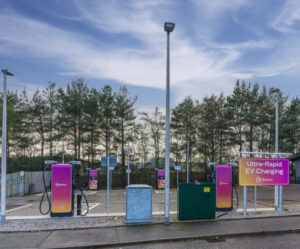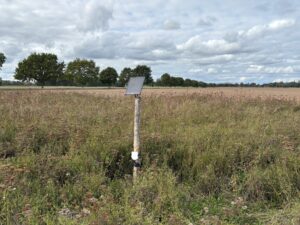A major new report from a data intelligence platform focused on environment, social and governance has revealed a drop in greenhouse gas output from the UK’s commercial built environment.
Deepki’s first annual ESG Index shows that the retail real estate sector managed to cut 18% of its overall carbon emissions – more than any other sector. This was followed by housing, which saw its carbon footprint shrink by 13%.
No other sectors claimed double-digit reductions, with offices managing just 7%, logistics 6.2%, and health 3.4%. Hotels performed worst, with a 3% increase in carbon emissions compared with the previous year.
The drops were partly driven by energy efficiency measures and reductions in consumption. Retailers used almost 3% less energy om 2023 compared with 2023, while hotel businesses saw this rise by 9.5%. It’s not clear as to why this is, although tourism has been slower to bounce back following the pandemic than many other industries, meaning part of 2022’s figures may still have been impacted by uncertainty and anxiety relating to Covid-19 and travel.
Another possibility is that retrofitting improvements have been implemented faster in retail compared with hotels, or that retailers are more willing for store temperatures to fall, while hotel guests are unlikely to accept a chilly bedroom. Already this year, Environment Journal has covered a concerning study which revealed British households are ready to endure indoor temperatures at an average of 11C before switching central heating systems on, despite the health risk this poses.
‘We have undertaken detailed analysis to create the only Index of its kind. The findings show that key typologies across commercial real estate in the UK are embracing the path to net zero and moving in the right direction,’ said Lindsay Taylor, Head of UK Delivery at Deepki.
‘Measures that are being implemented to improve the carbon footprint of assets through greater energy efficiency such as improving insulation and ensuring better regulation of equipment such as lighting, heating, ventilation, and air conditioning so that they are in tune with use patterns and seasons, are starting to pay dividends, although we must bear in mind the effect of the climate itself.’
More on building emissions:
https://environmentjournal.online/headlines/sustainable-inclusive-placemaking/
https://environmentjournal.online/headlines/retrofitting-required-g20-net-zero-targets-will-fail-on-building-emissions/
https://environmentjournal.online/features-opinion/future-carbon-neutral-buildings/
Image: Dollar Gill
















